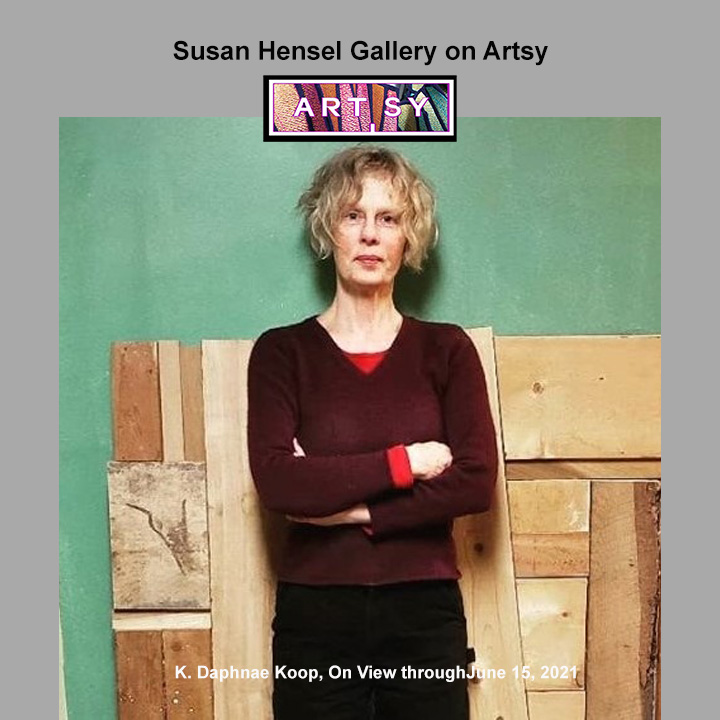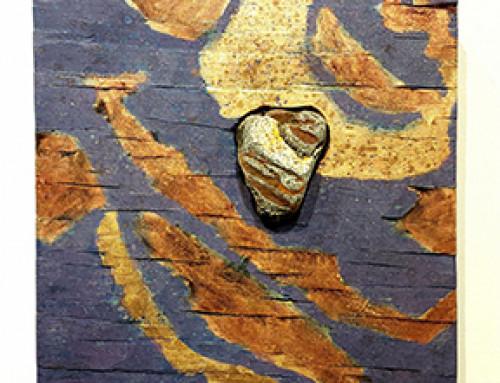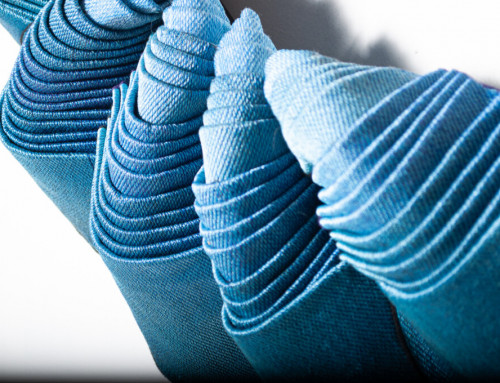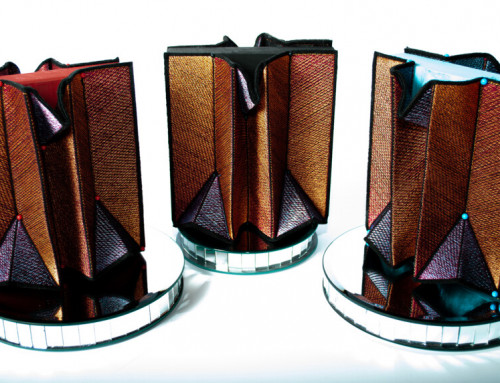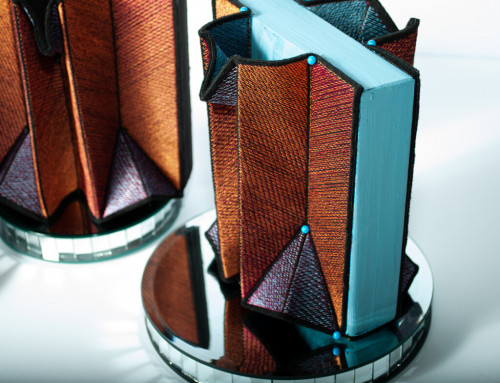Interview with K. Daphnae Koop
Susan Hensel Gallery
Interview with K. Daphnae Koop. As the new website for Susan Hensel Gallery matures and as my experience on artsy.net grows, I thought it would be nice to start an interview series with the artists I represent.
In this article, Interview with K. Daphnae. I want you to have the opportunity to get to know them as people in relation to their work. Interview with K. Daphnae Koop| Susan Hensel Gallery. The first interview is with K. Daphnae Koop, the artist behind the rich, moving show “From Broken to Beautiful.”
Where were you born/raised?
Richmond, Minnesota, in a tiny private hospital built by my grandfather in his backyard.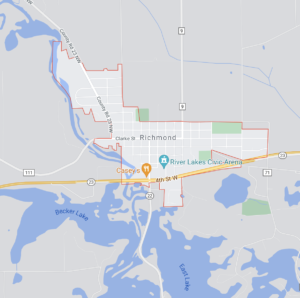
How do you think that where you were raised, or what experiences, influence your artmaking today?
I was always a bit of a loner and spent many hours as a child wandering the roads and fields of Minnesota. On those long treks, I would find old milk cans, wooden crates, stones, and unusual and elegant fragments broken off from their origins. These broken bits became my treasures, and I started repurposing and reinventing uses when I was quite young.
Fabric or yarn?
I spent summers with my grandparents – My grandmother was a quilter, baker, and gardener, and my grandfather was a builder, a carver, and a fixer. They taught me hands on skills, and more importantly, the people build things, that anyone (including maybe me) could choose to get fabric or yarn, lumber and nails, paint and plaster, and anything else they wanted to work with and create something. That was formative for me and gave me permission and confidence to go on and make things with my own hands.
When did you first know you were an artist?
I can’t recall a time in my life when I wasn’t making things. As a child, I didn’t play games with toys as much as create environments or accessories for them. I did knitting and sewing, decoupage, painting, and drawing. I built furniture and painted a mural on the wall of my bedroom.
By the time I got to high school, I was constantly working on various projects and took most of my high school classes independently so I could spend my days in the art room and started college art courses while still in high school.
How/are you trained? What was your training?
I have a BFA from the Minneapolis College of Art and Design but attended various schools and courses prior to arriving at MCAD. I did a semester in Chartres, France studying Gothic art and architecture when I was 17, then moved on to art classes at St. Cloud State University and the University of Minnesota, and eventually decided to complete my BFA at MCAD.
Do you have a primary medium? How did you find your primary medium?
Much of my work is mixed media on carved wood, oben with shattered glass or other objects incorporated into the work. I arrived at this type of art through experiment, trial, and error, over years of time spent in the studio.
What does the material you work with mean to you? Does it have inherent meaning? Does its “materiality” add to the meaning of your work? What are you trying to communicate with your art?
Without painting a landscape, portrait, or still life, I am trying to create the feel of a day, a glimpse into a moment, or a spark of memory and emotion – freezing the ephemeral into materials, texture, color, and sparkle. Ultimately, elevating the ordinary or cast-off materials and incorporating them into something beautiful and beyond their rough origins is my true core theme – the true beauty and light that shines through all of the creation despite all of the imperfections, scars, and rough edges.
What is your creative process like?
I create mixed media on carved wood paintings, using primarily recycled and rough milled lumber. The piece’s boards are together almost quilt-like. Allowing the size and shapes of the individual boards to dictate their placement in the whole.
I then carve the surface, enhancing each board with its own texture while still maintaining a cohesive whole. Paint follows, layers upon layers, wet over dry, wet into wet, embracing and reacting to the carving and the piecing of the boards. I add streams of shattered glass and objects found in nature. The detritus of our world made beautiful by its incorporation into the painted whole.
What for you is the most enjoyable part of your art? What is the least enjoyable?
Much of what I do is drudgery – hours of building, hours of carving, hours spent painting out one mistake after another. And yet, I love all of it, even the frustration and time-consuming aspects of it. Art is the one thing that truly slows me and enables me to sink into a deep place within. For me, that is a place of peace, where we are all one and a part of the same source.
What was the art lesson you learned from last year’s experience?
In the end, I make art because it takes me back, over and over again, to that place of peace. In the end, I make art as though my life depends on it – because it does.
What are you working on now, and what are your plans for the future?
I am working on two series of small paintings. Beholden to the Beauty of the World is mixed media with leaves and twigs on Chinese Joss paper on a wood panel. But Trailing Clouds of Glory Do We Come is a stone embedded in a carved wooden square; the painting is an elaboration and glorification of the surface of the stone.
See more of “From Broken to Beautiful” at Susan Hensel Gallery on Artsy
P.S. Be sure to get a look at the catalog of the show! It is still free to see in its entirety online. It goes on sale, print-on-demand, on May 15.

